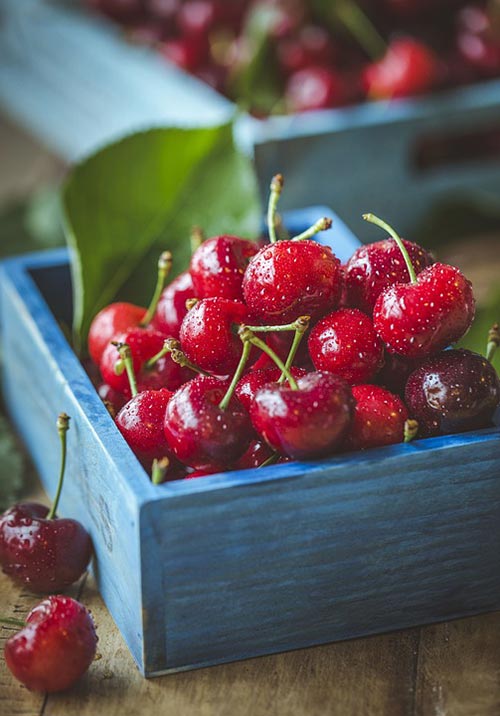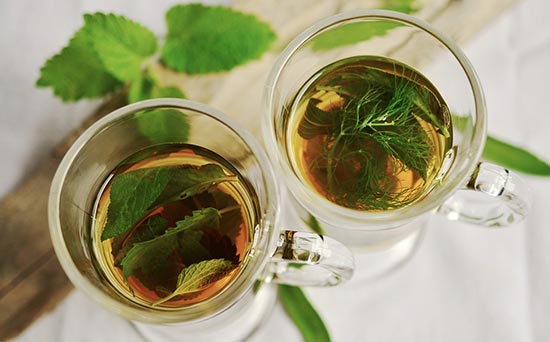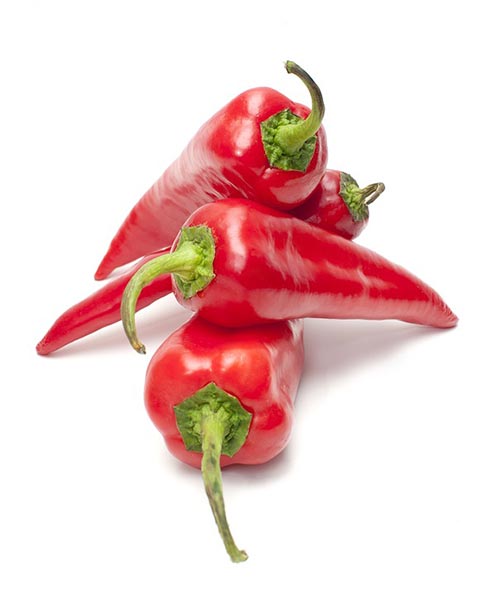8 Common Foods That Help You Fight Pain Naturally
More than one third of adults suffer from chronic pain; that’s over 100 million Americans. Over the counter pain relievers comprise the highest profits of the pharmaceutical industry and, while pain pills can reduce suffering, they can also produce side effects, mask the root cause of the discomfort, and be addictive.
Fortunately, there are alternatives. Did you know that there are relatively common foods that can reduce pain and inflammation? Some of these foods effectively block pain signals. Some even address the underlying cause of the pain. Odds are, if you’ve found a drug that helps to relieve your symptoms, there is a corresponding plant that could be providing the same relief.
It matters what you put in your body. Food isn’t just necessary, it’s medicinal if you’re eating the right things. The only catch is that you have to weed out the junky foods that gum up the works to allow your body to fully benefit from incorporating healthy foods into your diet.
So, the first order of business is to reduce processed foods that weaken your immune system, promote inflammation, and create disruption in the body. The second is to increase your intake of whole foods, especially fruits and vegetables. Now you’re ready to think of food as the medicine that it is and really feel its affects.
Here is a list of 8 common, healthy foods that alleviate pain naturally.
1. Coffee
Did you know that your morning cup of coffee doesn’t just help you clear the cobwebs from your sleepy mind, but also helps you prevent headaches? Drinking 2 4-ounce cups per day decreases pain promoting compounds while magnifying the effect of other pain relievers. Caffeine effectively narrows the dilated blood vessels that arise along with headaches.
If you are particularly prone to migraines, try using a coffee chaser after taking your regular painkiller. Caffeine stimulates the lining of your stomach, expediting absorption of painkillers. Researchers at the National Headache Foundation found that washing your headache medication down with 12 ounces of coffee boosts the effectiveness of the medication by at least 40%.
2. Apple Cider Vinegar
Apple cider vinegar is a miraculous substance, used in everything from health tonics to cleaning compounds. As a dietary supplement, raw unfiltered apple cider vinegar is used to promote weight loss, alleviate diabetes symptoms, lower blood sugar levels and, among other things, prevent heartburn.
It has a high concentration of tartaric and malic acids which work as digestive aids that expedite the breakdown of proteins and fats. This allows your stomach to empty before food can wash up into your esophagus and trigger heartburn. Simply mix 1 tablespoon of apple cider vinegar into a glass of water; drink before each meal. You should see the effects within 24 hours. Looking for more uses for apple cider vinegar then check out this article.
3. Cherries
Did you know that eating a handful of cherries each day could help reduce arthritis and muscle pain? The beautiful deep red color of the fruit is actually caused by phytonutrients called anthocyanins that are loaded with antioxidants. These compounds function much like nonsteroidal anti-inflammatories, such as naproxen and aspirin, effectively inhibiting inflammation and pain enzymes; the difference is that they are approximately 10 times stronger than these pharmaceuticals.
The Journal of Nutrition published a study showing that eating a bowl of cherries each day reduces at least one marker of inflammation by 25%. Another study prescribed 12 ounces of tart cherry juice to runners twice a day for a full week before a long distance run and found a reduction in muscle pain. The takeaway is that a daily bowl of cherries could ease achiness without causing stomach upset like over-the-counter painkillers often do.
4. Turmeric
Turmeric has long been promoted in Ayurvedic medicine as a pain reliever and digestive. It is also a powerful anti-inflammatory. Turmeric contains the substance curcumin which helps to reduce joint inflammation, preserve healthy cell function, and protect you from tissue breakdown. Add 1 tablespoon of turmeric daily to soups, smoothies, dressings, or, of course, curries to reduce joint aches and colitis.
To maximize the effect, be sure to grind some fresh black pepper into the dish as well. Black pepper contains piperine which helps to release curcumin. You could also take a turmeric supplement, just be sure to carefully read the label. It should contain 95% curcuminoids.
5. Mint
Menthol is more than just a breath freshener; it prevents muscle spasms and relieves pain. Mint tea is incredibly easy to make; simply pour boiling water over mint leaves and wait 3 minutes for it to steep. You can even grow the mint yourself. It’s a hardy, spreading herb that grows well in pots or in the garden. Just be careful to contain it somehow because it will quickly take over. Mint can help soothe many different kinds of discomfort, including headaches and irritable bowel syndrome.
Wintergreen leaves are particularly effective pain suppressants. Wintergreen contains a compound called methyl salicylate which blocks the enzymes that cause pain and inflammation. Try peppermint oil or simply crush the leaves to release the sharp, fresh scent and rub them on your temples or wrists. Try soaking in a peppermint bath to relieve painful cramping and even reduce future flare ups.
6. Ginger
Ginger root has been used in traditional medicine to ease nausea and soothe the stomach, but it is also a powerful anti-inflammatory and pain reducer. Incorporating at least ¼ teaspoon of ginger root into your daily diet can reduce migraines and sore muscles and alleviate the symptoms of arthritis. It naturally works as an aspirin impersonator and, in a Danish study, reduced swelling and stiffness as well as muscle and joint pain for 63% of participants within 60 days.
Ginger root contains gingerols which suppress the production of pain-triggering hormones. For optimum results, consume 2 teaspoons of fresh, chopped ginger or 1 teaspoon of dried ginger daily. Try grating it into smoothies, dressings, and Asian dishes. You can also steep ginger slices in boiling water for 15 minutes to make tea; add lemon juice and honey for a yummy, nutritious beverage.
7. Hot Peppers
Hot peppers can do more than clear your sinuses; they can reduce pain in the body and are particularly effective at alleviate symptoms of arthritis. The hotter the pepper, the more capsaicin it contains. Capsaicin is the compound in peppers that blocks chemicals relaying pain signals in the brain while stimulating nerve endings. Try to incorporate at least half a teaspoon of powder daily or a full teaspoon of diced, fresh peppers. Try including peppers to chili, soup, or stir fries to add a nice kick and help you feel better. Just be sure to wash your hands carefully after handling fresh peppers before touching your face.
8. Fish
Certain kinds of fish, such as herring, salmon, and sardines contain a high concentration of omega-3 fatty acids and are relatively low in mercury. Eating 2-3 servings a week can significantly relieve back, neck, and joint pain and even help with gastrointestinal distress. Studies consistently show that the fatty acids in fish, EPA and DHA, reduce intestinal inflammation and improve gastrointestinal tract health by reducing inflammation, pain, and cramping. Fatty acids will often provide as much relief as prescription drugs, without the painful and inconvenient side effects. Look for fatty, oily fish like mackerel, salmon, and tuna to relieve indigestion, inflammatory bowel disease, and irritable bowel syndrome.
 Home and Gardening Ideas At home and Gardening ideas we believe inspiring readers about homesteading, self sufficiency
Home and Gardening Ideas At home and Gardening ideas we believe inspiring readers about homesteading, self sufficiency
















With fish, does Cod count?
Yes